IO Chassis separate power for timing slave boards WP6193
Fil, Richard, Jim:
h1lsc0, h1iscex and h1iscey were powered down to re-install the separate DC power supplies for the IO Chassis timing slave assembly.
PSL-ISS model WP6185:
Daniel, Keita, Dave:
new h1psliss model was installed. DAQ was restarted. Only slow channels were added to the frame.
Frame Writer 10GE SFP-Fiber restoration WP6189
Jim:
Following the experiment to swap h1fw0 and h1fw1 10GE SFP, switch ports and fiberoptics cables to see if fw0's instability was hardware related, we undid this experiment and the systems are back to original configuration.
Deactivating internal EPICS gateways, configuring EDCU and Guardian to run without them WP6188:
Jamie, Jonathan, Dave, Jim:
We turned off the EPICS gateway h1slow-h1fe and restarted the DAQ. The EDCU did not connect to any Beckhoff channels. Jonathan made a /etc/init.d/daqd_dc0 file change to define the channel access environmental parameters and he got the EDCU to run without this gateway present. We then turned off the gateways h1aux-h1fe and h1cds-h1fe and did a final DAQ restart.
Jamie did the same on the Guardian system. We now have 6 epics gateways running (h0ve-cds, h1ve-h1fe, h1slow-cds, h1aux-cds, h0ve-cds, h1fe-cds)
h1oaf0 swap first ADC card in IO Chassis WP6191:
Nutsinee, Betsy, Jim, Dave:
Prior to powering down the IO Chassis, we powered down the 16bit DAC AI-chassis which drives the TCS chillers. Nutsinee and Betsy were on the Mech Room Mezanine and noted that the chiller did not trip, it just started driving the temperature downwards as expected. We kept the AI-chassis powered down while the water lines were being flushed.
We opened the h10af0 IO-Chassis and swapped the first ADC with its right-hand-side (as viewed from front) neighbor. This is an experiment to see if the DAC errors are related to ADC errors in this chassis.
Guardian new core code
Jamie:
new guardian core code installed today.
h1hwsex cloned from h1hwsey WP6162
Jonathan, Carlos:
h1hwsey's boot disk was downgraded to a smaller HDD, and then a clone of this was made for h1hwsex. Both systems are now running Ubuntu14 and are identical.
New GDS code release WP6181
Jim:
new GDS code release was installed.
tconvert leap seconds data file update WP6177
Jim:
In preparation for the end of year addition of a leap second to UTC, the tconvert data file was updated.


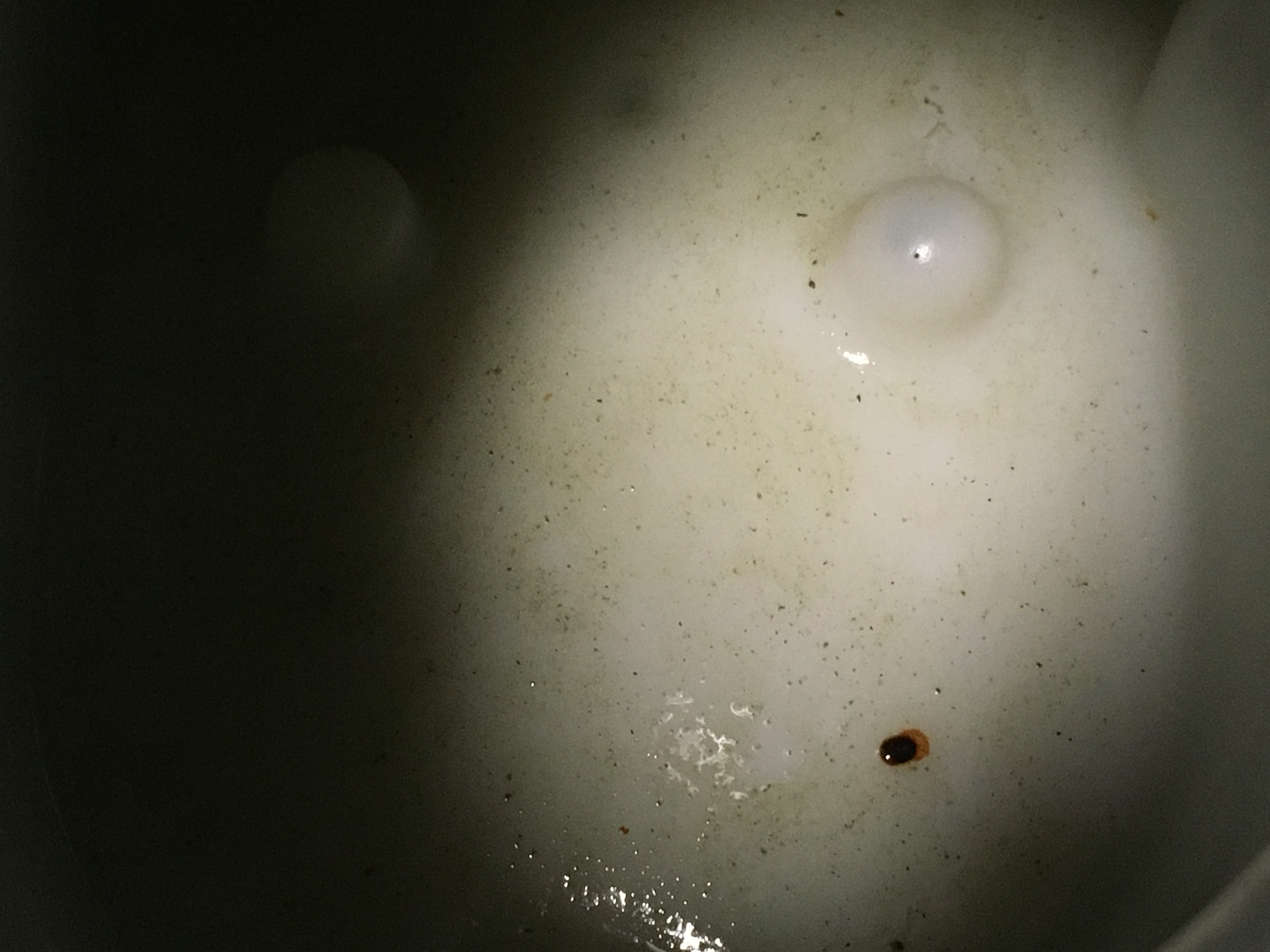
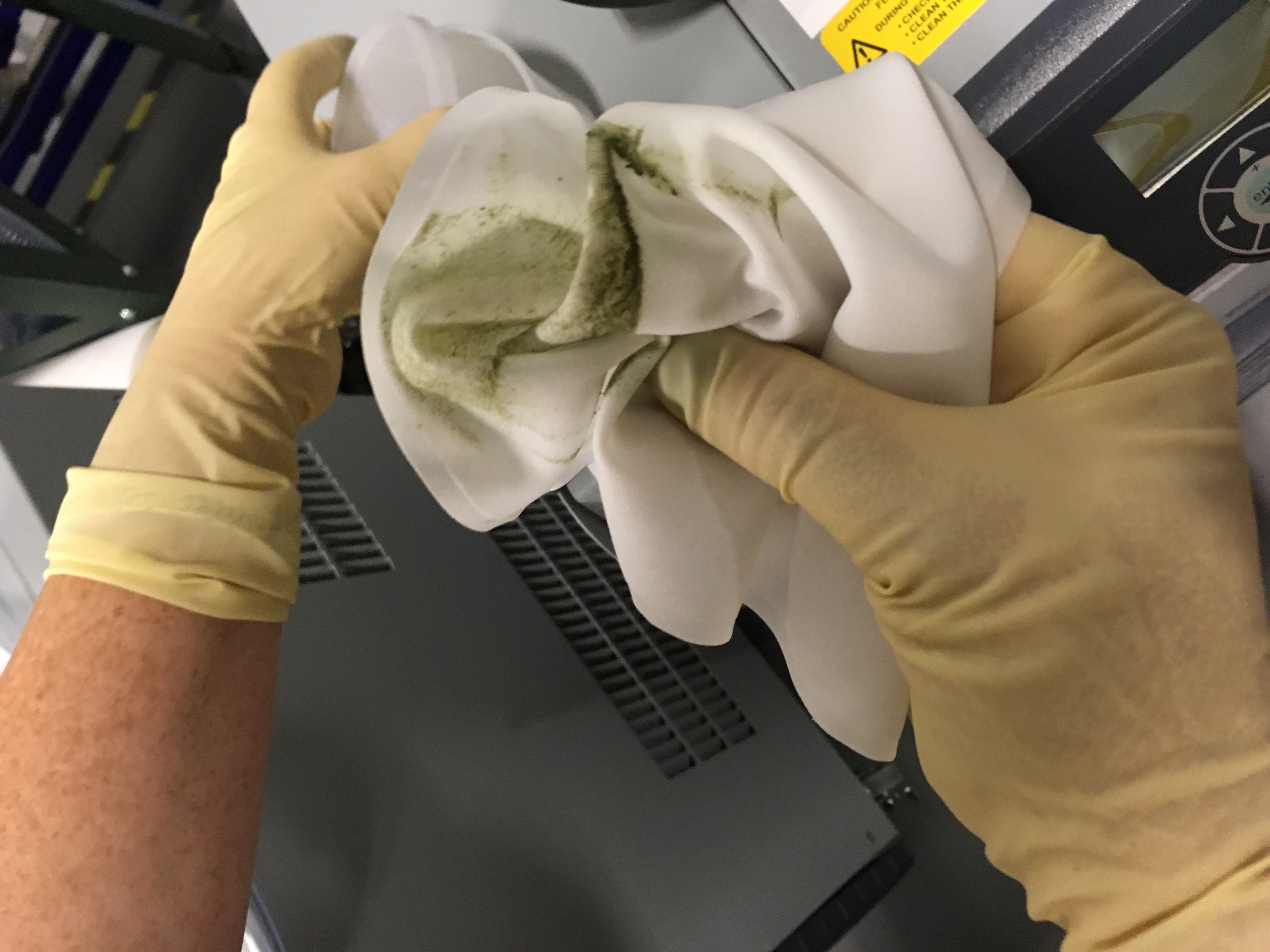
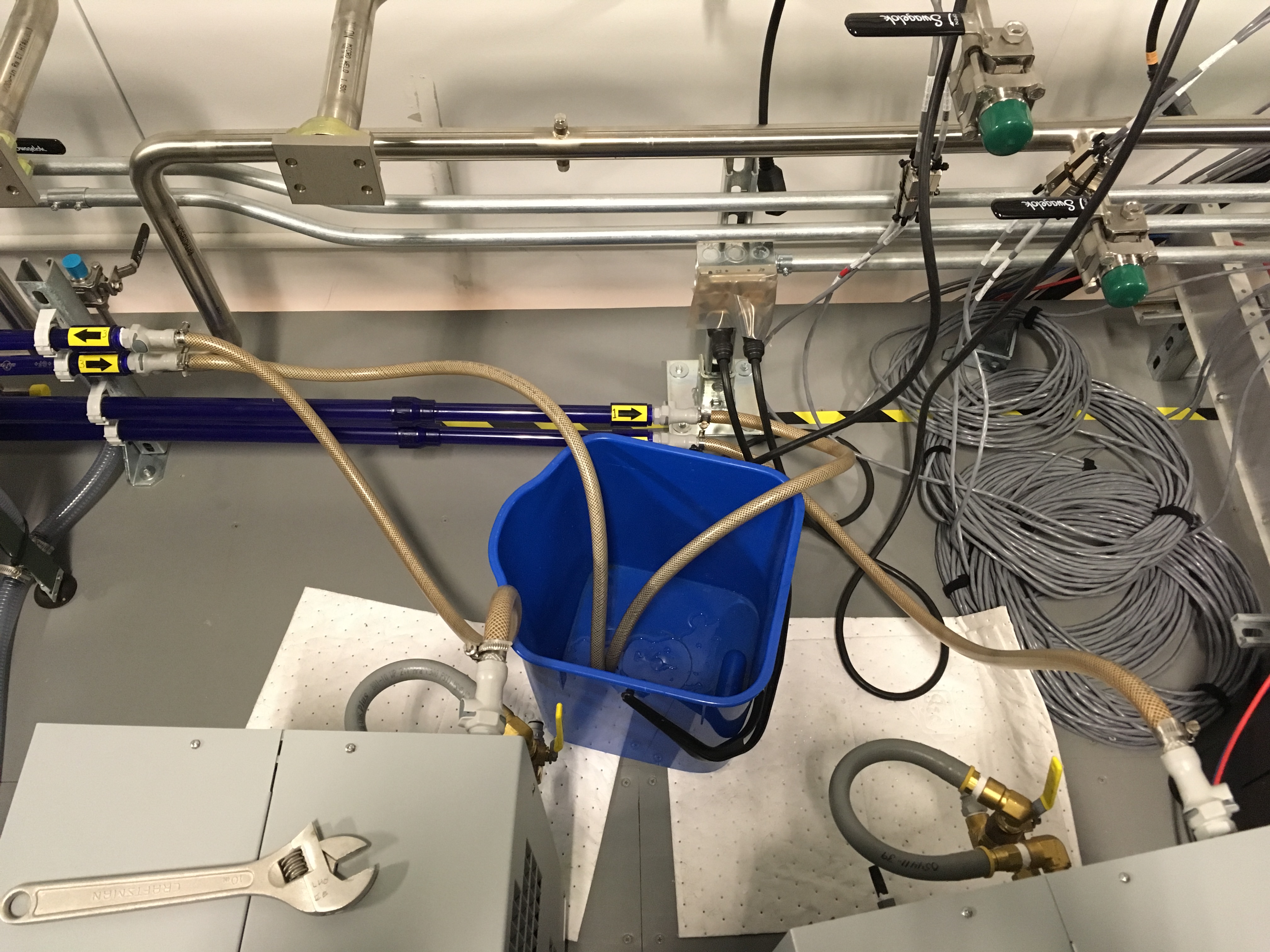
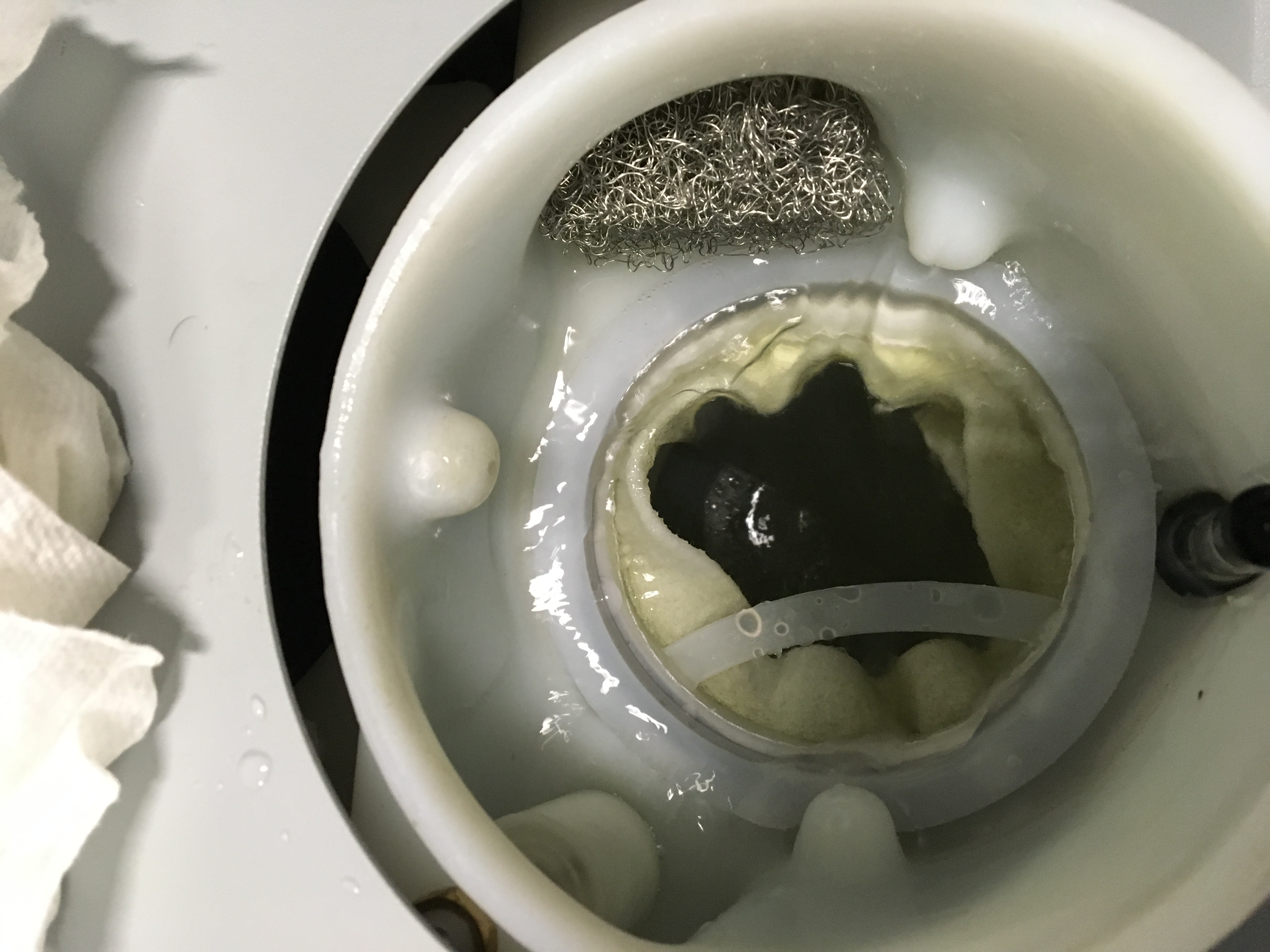
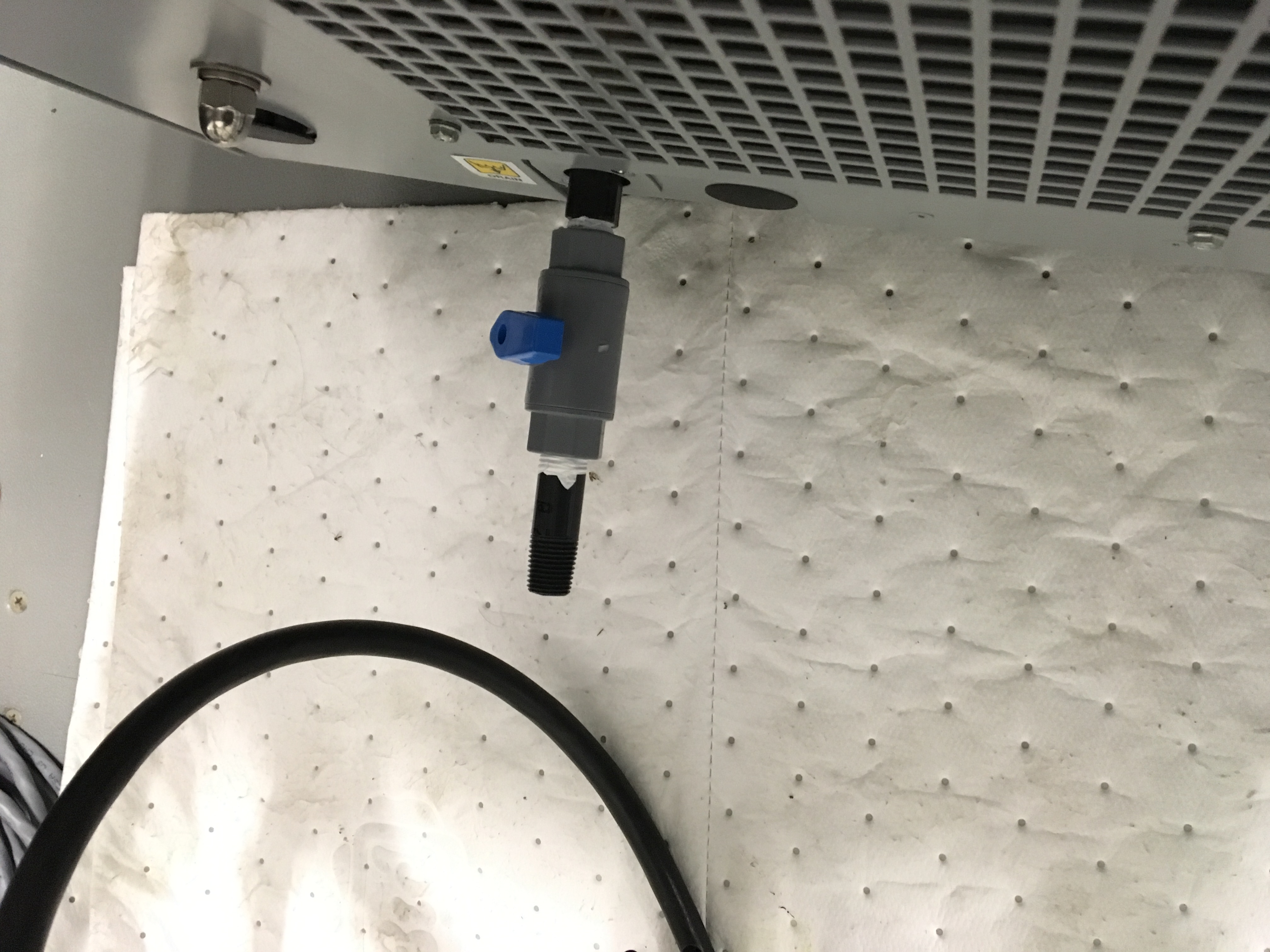











Some additional notes: